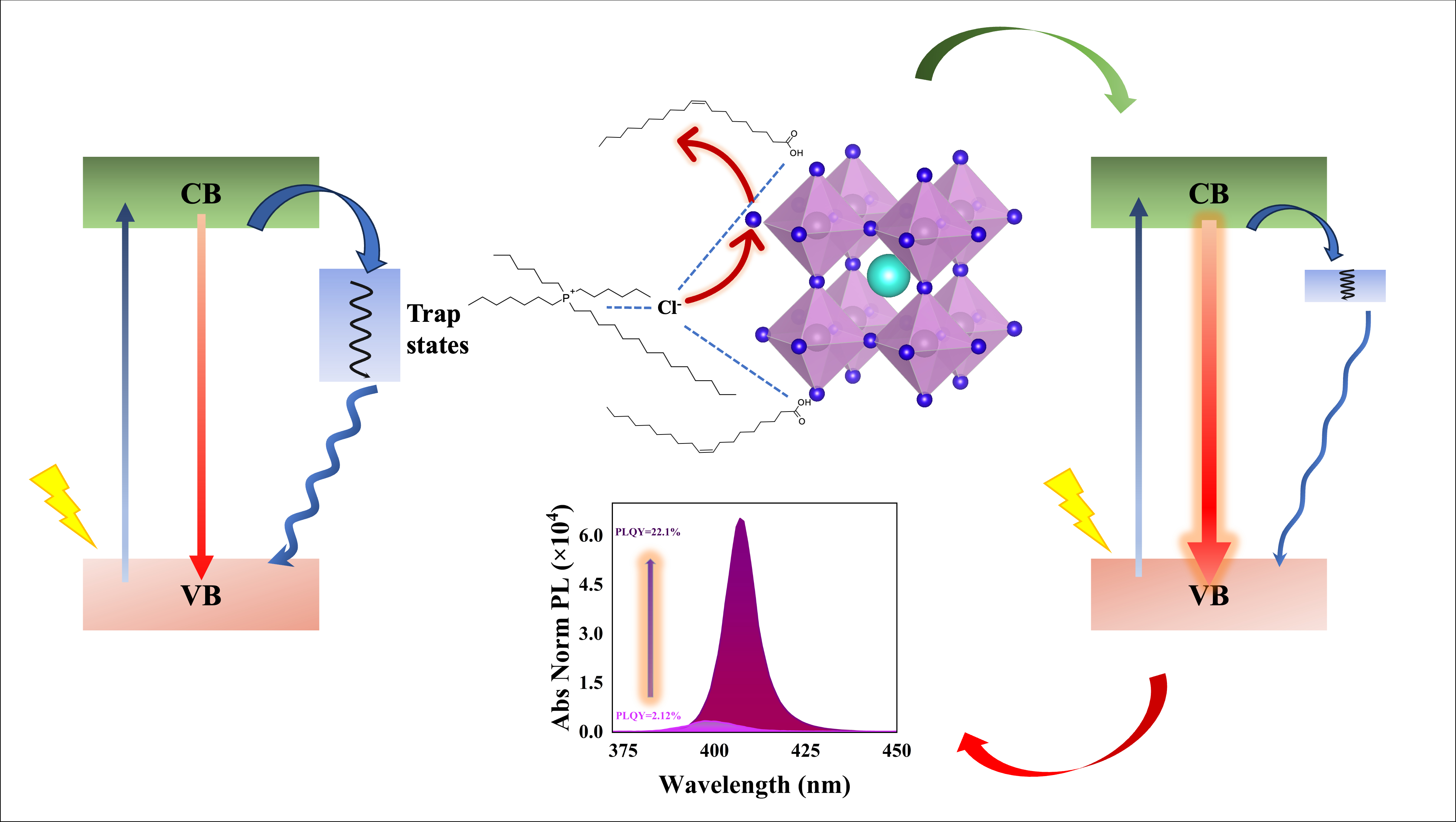4195243
Enhancing photoluminescence quantum yield and stability of CsPbCl3 nanocrystals through deep eutectic solvent synthesis: a green approach for optoelectronic applications | Poster Board #392
Date
March 23, 2025
Related Products
Optimization of the solvent exchange process in the ionic liquid based generation of mesoporous cellulosic materials | Poster Board #805
As the most inexhaustible natural resource on Earth, cellulose is ubiquitous in everyday life due to its many desirable characteristics including superior mechanical properties, nontoxicity, and biodegradability…
Expanding the scope of boronium cations potentially suitable for use in creating ionic liquids
Woefully under-studied in comparison to neutral and anionic monoboron compounds, boronium ions are boron-centered cations. While all are four-coordinate, they can have charges of +1, +2, or +3, depending on the nature of the substituents to which the boron is bonded…
Mesoporous cellulose-ZnO nanoparticle composite textiles for enhanced UV protection | Poster Board #611
Natural fiber welding (NFW) is an ionic liquid-based method for fusing cotton-derived cellulose into an amorphous mesoporous network. We have recently demonstrated the use of this mesoporous NFW cotton substrate as a scaffold for entrapping small (i.e…
Fluorescent polyionic nanoclays | Poster Board #625
We show that fluorescent species can be meaningfully integrated into onium ion-functionalized polyionic nanoclays (PINCs) by co-condensation, post-grafting, or ion exchange approaches…



